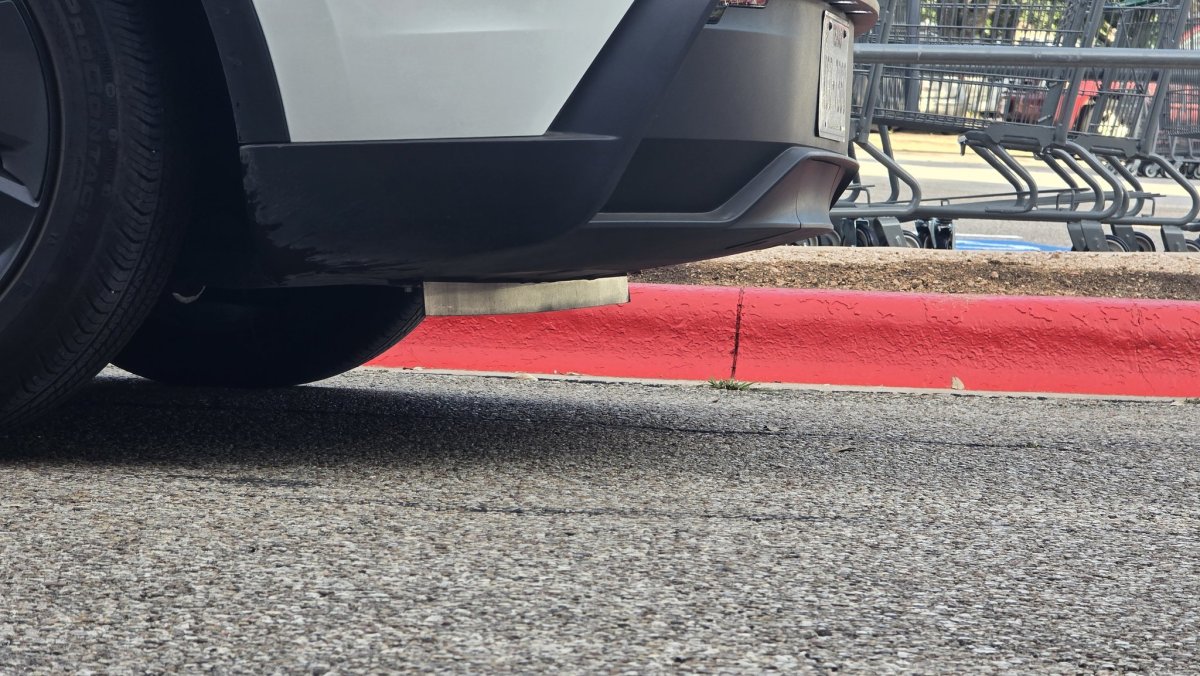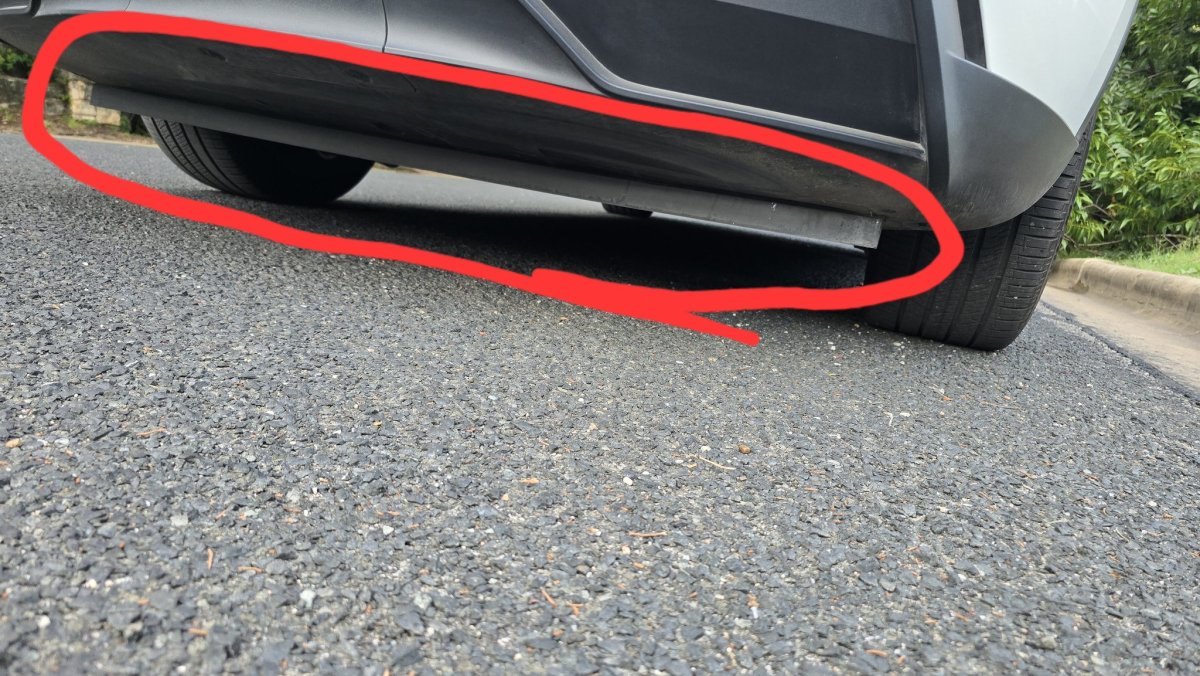Tesla’s Robotaxis Have a Strange New Rear Bar — Here’s What We Know

We’ve already seen that Tesla’s Project Halo has some hardware modifications not found on consumer cars. While some of these upgrades, like the second communications unit, have a clear purpose, another change is a bit more confounding.
Early-access testers in Austin spotted a simple, flat, likely metal bar under the rear trunk of the Robotaxi Model Ys. While we’re still not sure what exactly this new bar is for, we do have some speculative ideas.
The community has also floated some fantastic theories, but Tesla clearly put it here, and on these Robotaxi vehicles, for a specific purpose. Grab your notepads, we’re about to do some theorycrafting.
Could Be Wireless Charging
By and far, the most plausible and exciting theory is that this bar is related to future wireless charging capabilities and testing.
For a Robotaxi network to scale efficiently, the entire process, from cleaning to charging, must be autonomous. Relying on a human to plug in each vehicle, or even a complex robot arm, introduces a logistical bottleneck and a potential point of failure.
The logical endpoint here is that wireless inductive charging is a game-changer. A vehicle simply parks over a designated pad at the depot to begin charging, without any interaction.
The metal bar is in the exact spot where Tesla could potentially mount testing gear, or even the vehicle-side receiver for more informal testing, without needing to commit to a wholly new underbody design.
Tesla previously acquired Wiferion, a German inductive charging technology company, and demoed the wireless charging solution at We, Robot. With a series of patents on beam steering and wireless charging circuits, Tesla has been hard at work building up their tech base to support wireless charging for Robotaxi.

What It Probably Isn’t
We’ve seen several other theories discussed, but they really begin to fall apart under closer scrutiny.
The first is additional underbody protection. While it is potentially practical, the bar’s position is far too rearward to offer any additional protection to the high-voltage battery pack or the rear drive units. Additionally, Tesla prefers to integrate this type of protection directly into the vehicle’s Gigacasting. Tesla has already made significant improvements to the structural rigidity of the new Model Y’s Rear Casting, so this makes no sense.
Next up is a potential camera spray shield for the rearview camera. The centralized placement of the bar means it doesn’t actually protect from the rear wheels pushing road spray out and upwards. It simply won’t have an impact on the rear camera that we can see.
Rounding up the theory crafting is a new aerodynamic part. However, the bar is flat and seems more like a mounting point than anything aero-related, such as the new rear diffusers spotted on the Model Y Performance. The bar likely makes more drag than it reduces.
Small Part, Lots of Ideas
When considering the logistical requirements of a large-scale autonomous vehicle fleet, wireless charging is a natural choice, especially given the mounting point. This simple metal bar is likely a preparatory step for Tesla to mount engineering samples for wireless charging in the near future.
If you’ve got any other ideas on what this could be, we’d love to hear what you think on social media.

